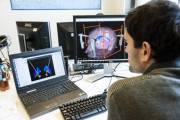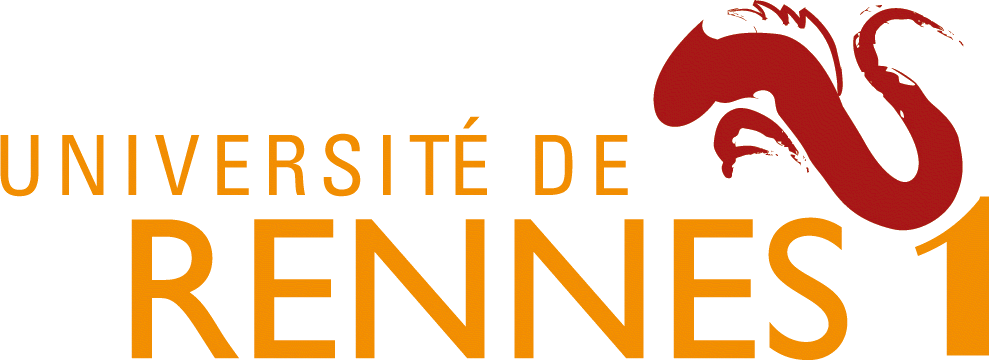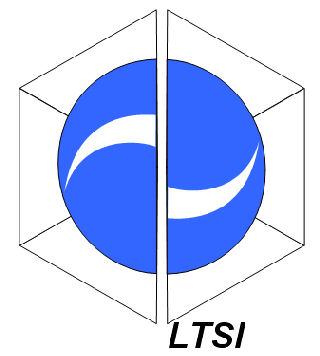News
Members
Publications
Software / Data
Job offers
Images / Videos
Collaborations
Conferences
Lab meetings: "Les partages de midi"
Practical information
Members Area
Next conferences we are in …





This is an old revision of the document!
Arterial spin labeling (ASL) is a novel MRI sequence that allows non invasive imaging and quantification of brain perfusion by magnetically labeling blood in the brain-feeding arteries. The purpose of the project is to study and assess optimal parameters of the sequence, test the possibilities for clinical application of ASL and functional ASL, as well as propose novel methods of image processing of the ASL images. Several projects concerning ASL are listed below.
ASL is an MRI sequence that allows imaging and quantification of cerebral blood perfusion without the means of injecting contrast agent. The principle lies in magnetically labeling of spins in brain feeding arteries. These spins traverse the vascular system and arrives to the area of interest in brain. A standard EPI acquisition is done shortly following the labeling (inversion time TI). The labeled spins contribute to the signal in the obtained slice. Since the contribution of the labeled spins is around 1-2% of the EPI image magnitude a control image (without prior labeling) has to be obtained to be able to extract the perfusion. The control/label difference image is perfusion weighted and with the knowledge of the tissue relaxation times we are able to obtain the quantify the cerebral blood perfusion (CBF). In order to obtain sufficient signal-to-noise ratio usually 20-40 control/label image needs to be acquired consecutively prolonging the average acquisition time of a standard 3mm x 3mm x 7mm ASL scan approximately 3 minutes. projects
We have done two studies aiming at selecting the optimal imaging parameters of ASL sequences on a set of healthy volunteers. In the first one, we have studied the influence of the inversion time on the quality of ASL images, the number and severity of the EPI and vascular artifacts and amount of noise in the images.
In the second study, we have done qualitative and quantitative analysis of the quality of ASL images for different receiver antennas and parallel imaging techniques and factors.
Recently proposed for activation-functional imaging (fASL), this technique is potentially a more direct biomarker of neuronal activity than the standard BOLD fMRI. Indeed, fASL allows direct and absolute quantification of activation-related cerebral blood flow (CBF) variations at capillary scale, whereas BOLD signal is multi-factorial, resulting from simultaneous variations of CBF, cerebral blood volume and cerebral oxygen consumption.
We are studying the difference of functional ASL and BOLD methods on healthy volunteers. projects projects
We have developed two methods for denoising the ASL data:
We have constructed a perfusion template using ASL images of healthy volunteers using the normalization to the MNI template.
Currently, we are working on several clinical projects involving application of functional ASL on patients with multiple sclerosis, patients with MAV, patients with deppresions and autisme.


